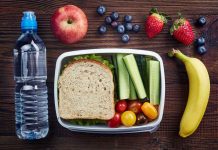Dinner and a movie date night? Ditch the leftovers, not your date! Remember, leftovers are only safe for 2 hours at room temperature and won’t last through a movie – and only 1 hour if the temperature is over 90°F.
After that time, bacteria growth can occur and cause food illness. Likewise, during warmer months bacteria multiply faster – so keeping food safe is more challenging.
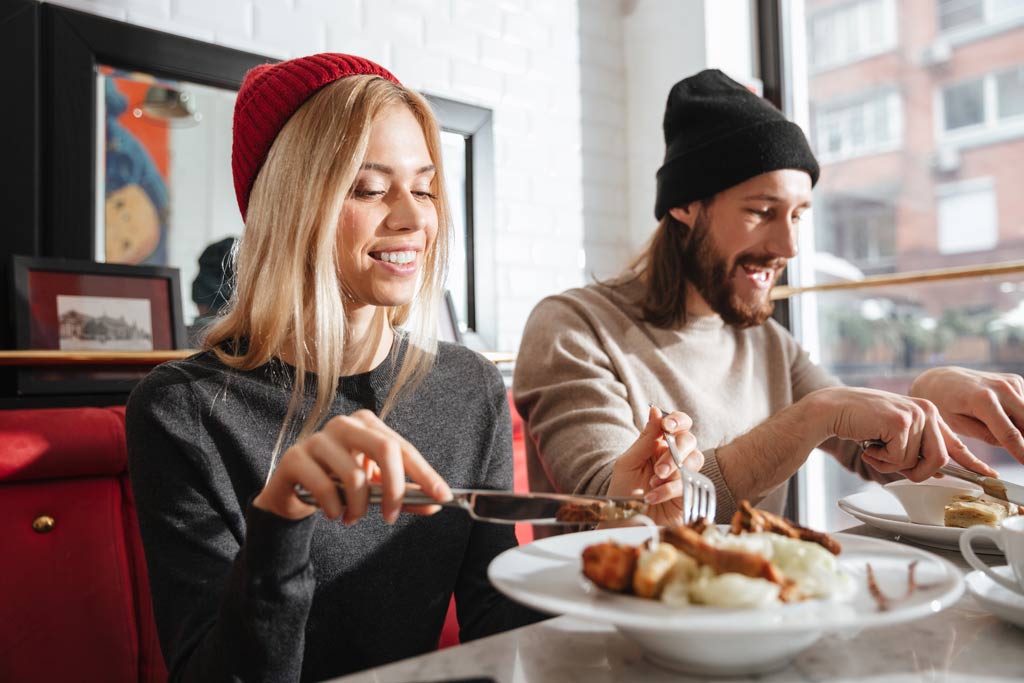


Temperature Danger Zone (40°F – 140°F)
Bacteria grows rapidly between the temperatures of 40°F and 140°F, doubling in number in as little as 20 minutes. This range of temperatures is called the “Danger Zone.”
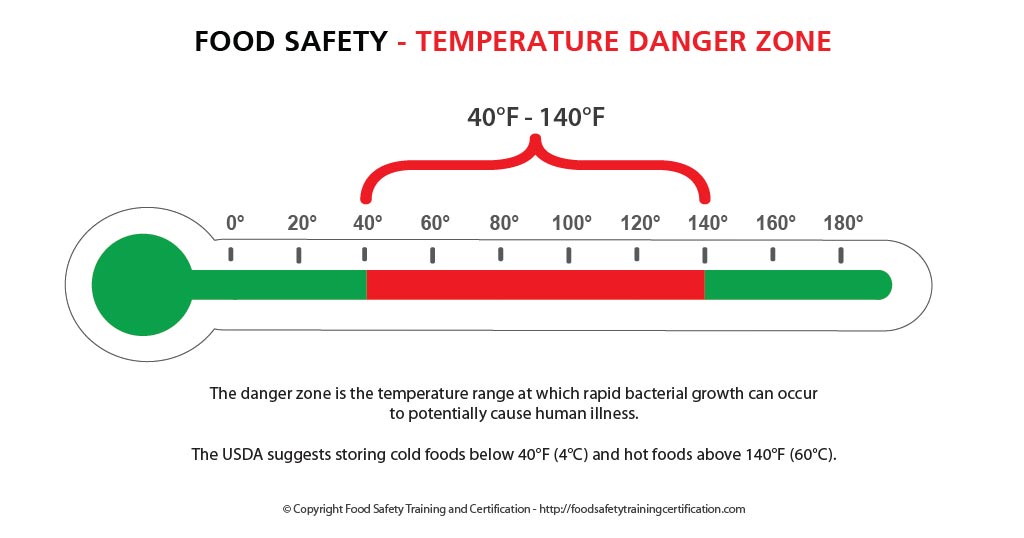

Food Safety – Two-Hour Rule
The absolute maximum time for leaving prepared foods at room temperature is 2 hours—including time for preparation, serving and eating. (1 hour if the temperature is over 90°F).
- Learn about proper hygiene, cross contamination, cold and hot food safety, foodborne pathogens, and best practices to prevent foodborne illness.
- Food Manager Training & ANSI Certification - $99.00
- Food Handler Training - only $7.00!
- HACCP Training: 16hr/4hr/1hr
- Food Allergy Training - $15.00
- Enter Promo "train10off" at Checkout
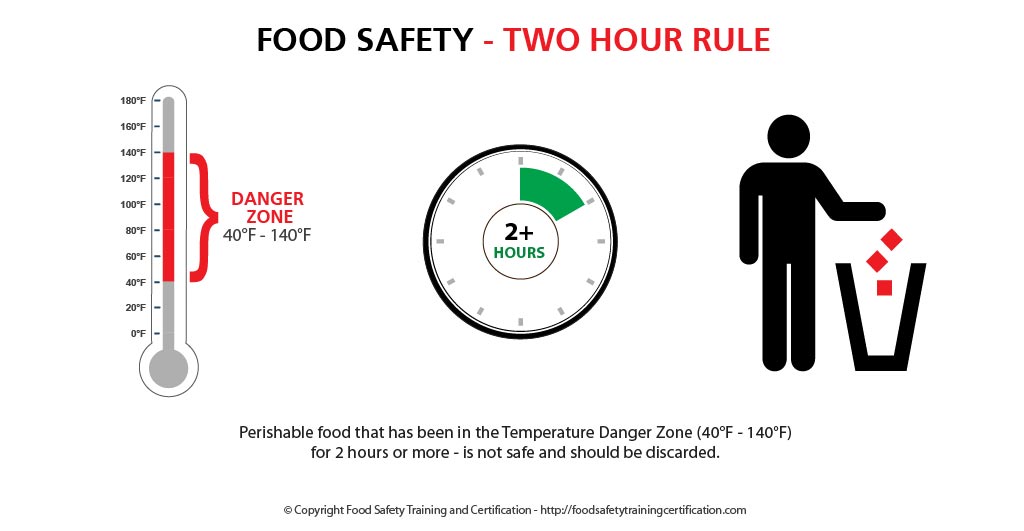


Food Safety Observations When Dining Out
Food can get contaminated anywhere – no matter who prepares the meal or where you eat it. It is essential to make some basic food safety observations when dining out – so as to prevent foodborne illness
The research found that among the cases foodborne illness outbreaks, for which there was a reported source of contamination, 70% were traced back to an ill food-service worker.
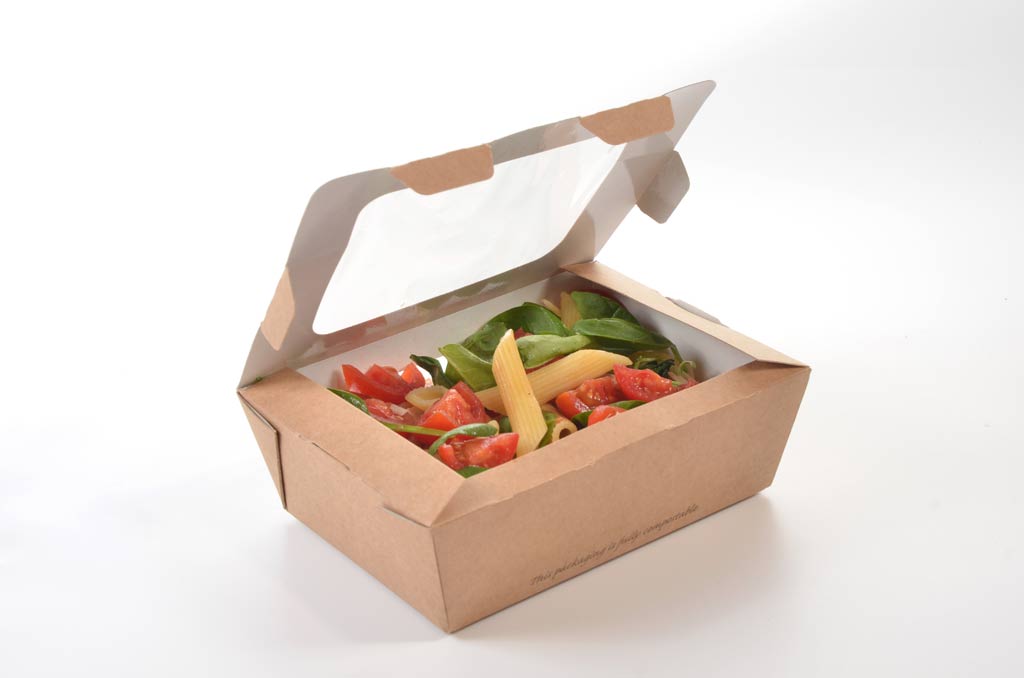

Make some basic food safety observations when dining out:
- Check Inspection Scores – Many state health departments make restaurant health inspection scores available on the web. Check the score before going to the restaurant or check when you get there.
- Make Sure the Restaurant Is Clean – Confirm that restaurant tables, floors, and utensils are clean. If not, you may want to take your business elsewhere.
- Check That Your Food Is Cooked Thoroughly – Meat, fish, poultry, and eggs should be cooked thoroughly to kill germs. If food is served undercooked or raw, send it back.
- Properly Handle Your Leftovers – Taking your food to go? Remember to refrigerate within 2 hours of eating out. If food is left in a hot car or temperatures above 90ºF, refrigerate it within 1 hour. Eat leftovers within 3 to 4 days.
- Download Infographic: Protect Yourself When Eating Out [PDF]
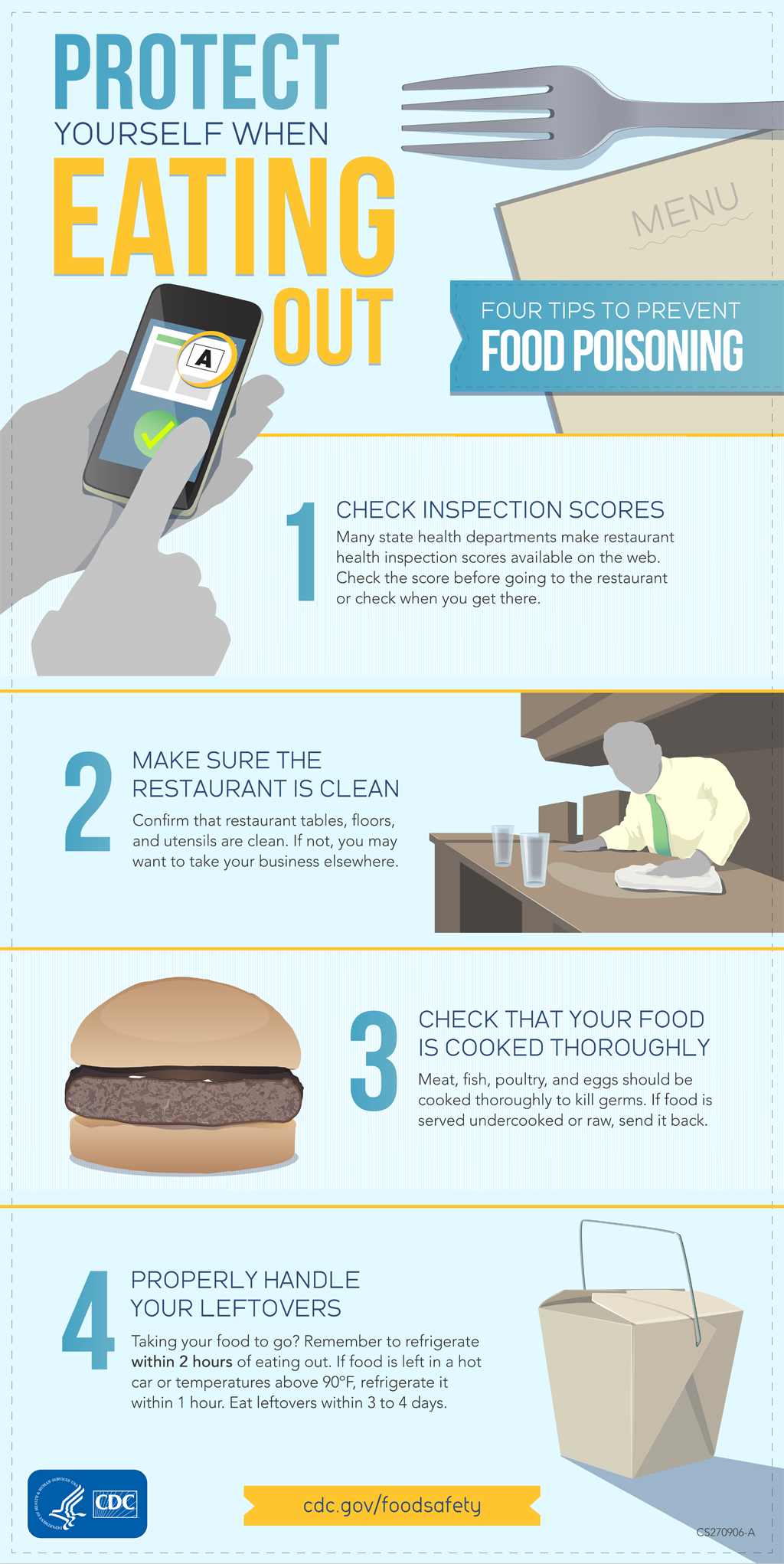

Summary
Understanding how to properly deal with leftovers can help you remain food safe and safe from food illness.
It’s also important to understand that food can get contaminated anywhere – no matter who prepares the meal or where you eat it. It is essential to make some basic food safety observations when dining out – so as to prevent foodborne illness.





